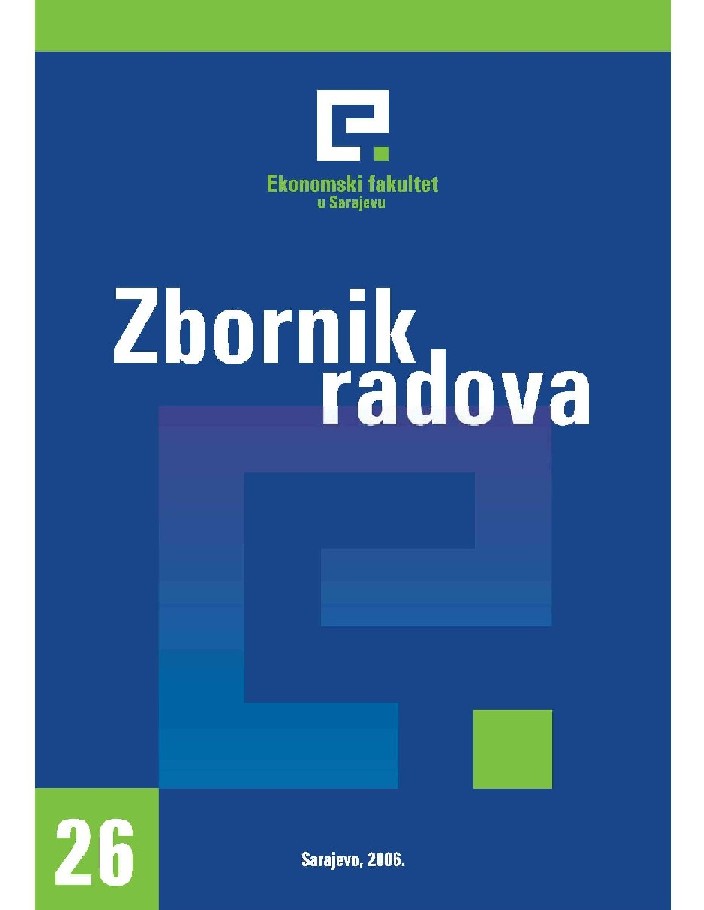Kontrola organizacionih sistema korištenjem Six sigma modela
Organizational systems control using Six Sigma
Author(s): Aziz Šunje, Elvir ČizmićSubject(s): Economy
Published by: Ekonomski fakultet u Sarajevu
Keywords: Quality; Quality Control; Quality management; Six sigma quality controling concept; Upper Control Limit and Lower Control Limit,
Summary/Abstract: 289 ABSTRACT Six Sigma managerial control concept is a highly disciplined process that helps organizations focus on developing and delivering near-perfect products and services. The word is a statistical term that measures how far a given process deviates from perfection. The central idea behind Six sigma is that if we can measure how many «defects» we have in a process, we can systematically figure out how to eliminate them and get as close to «zero defects» as possible. To achieve Six sigma quality, a process must produce no more than 3, 4 defects per million opportunities. An “opportunity” is defined as a chance for nonconformance, or not meeting the required specifications. This means organizations need to be nearly flawless in executing our key processes. Six Sigma is a vision we should to strive toward and a philosophy that should be part of organizations business culture. Customers value is consistent and it is required predictable business processes that deliver world-class levels of quality. This is what Six sigma concept strives to produce. Finally, control is a function of management so the quality control should be the state of stability, normal variation and predictability.
Journal: Zbornik radova Ekonomskog fakulteta u Sarajevu
- Issue Year: 2006
- Issue No: 26
- Page Range: 269-289
- Page Count: 21
- Language: Bosnian

